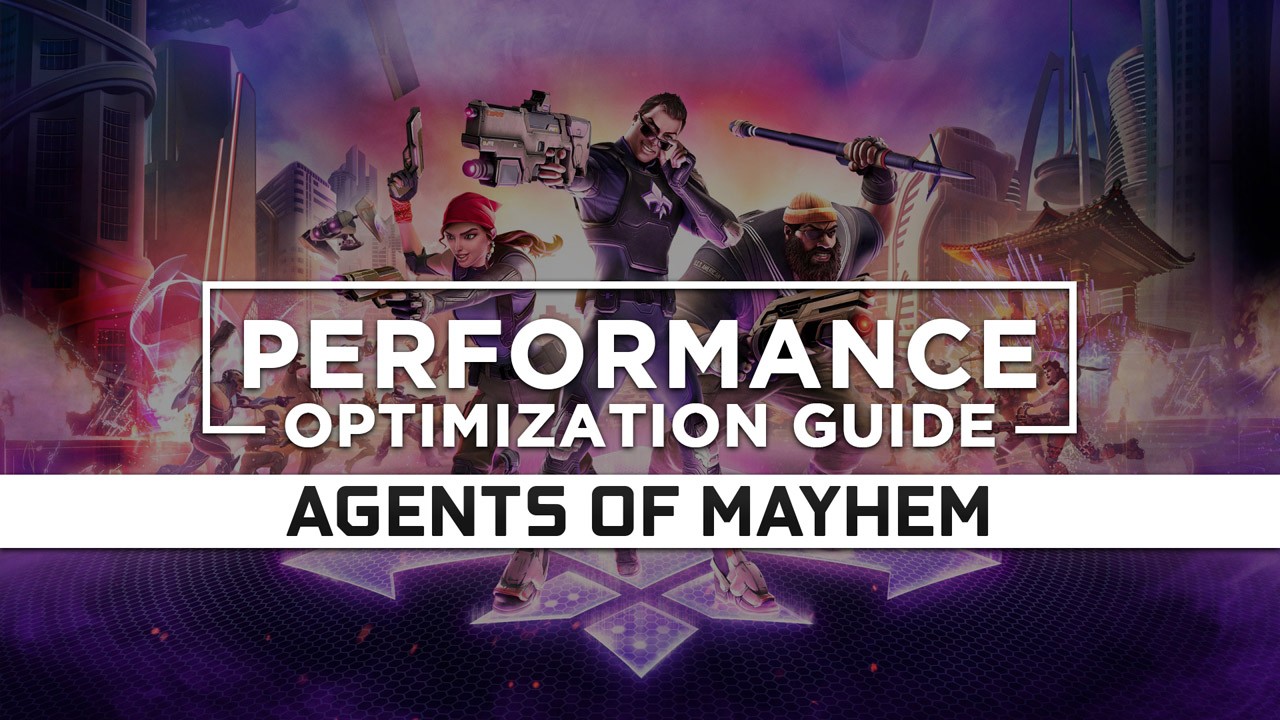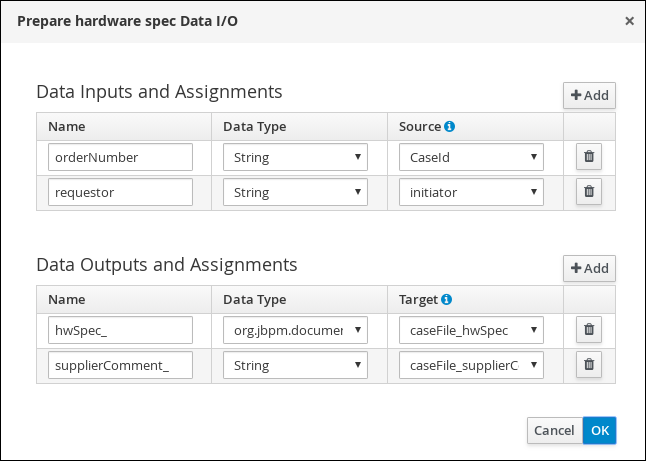
- #Net.framework 4.5.2 for low spec experience code
- #Net.framework 4.5.2 for low spec experience windows 8
- #Net.framework 4.5.2 for low spec experience mac
- #Net.framework 4.5.2 for low spec experience windows
As a data point, the C# and VB compilers are.
#Net.framework 4.5.2 for low spec experience windows
For example, if your console application automates Windows or Office using COM, it might be harder to port than, say, an application that parses a CSV file and calls a WCF service. Good porting candidates? Pretty much any console application is fair game, depending on your dependencies. NET Native for console apps will eventually support producing self-contained, single file executables with minimal dependencies. NET Core for console applications is because it allows targeting multiple operating systems (Windows, OS X, and Linux). Reasons to port? One of the biggest reasons you should look into using. So if you were planning to redesign your application to be usable across various form factors, this shouldn’t be a blocker for you.

However, WinRT offers a native XAML-based UI technology that is very similar to Silverlight and WPF. Less ideal for porting? Rich desktop applications that take advantage of Windows Forms or WPF are less ideal because neither technology is supported on. In fact, there is a even a bridge that helps with this conversion. NET Core or became WinRT APIs, in which case you often get way with minor touch-ups, such as changing the namespace. In fact, any Silverlight app should be a good candidate because the API set is heavily based on what was available in Silverlight: most APIs are either available in. If you maintain Windows Phone Silverlight apps, you’re pretty close.
#Net.framework 4.5.2 for low spec experience windows 8
Good porting candidates? If you’re targeting Windows 8 or Windows Phone 8.1, you’re already done: these are. And the Windows Runtime (WinRT) offers much more usable yet fully native and powerful operating system APIs, such as XAML and DirectX composition. UWP provides many great features, such as an app store that allows monetizing your apps more easily. It now also includes headless Internet of Things (IoT) devices. Reasons to port? UWP unifies the Windows device family, ranging from PCs to tablets, phablets, phones, and the Xbox. However, if you want to use this as an opportunity to refactor your application anyways, this isn’t a show stopper as MVC/WebAPI is simply the more modern way to write web applications. Less ideal for porting? If the majority of your web application is using WebForms, moving to ASP.NET Core is equivalent to a reimplementation as WebForms isn’t supported. Good porting candidates? The best foundation for ASP.NET Core are web sites using MVC and/or WebAPI. But even if you stay on Windows you may want to take a look at ASP.NET Core because it offers new features and doesn’t require a machine wide framework installation, which avoids issues such as requiring machine changes, administrative privileges during deployment, and GAC policies.
#Net.framework 4.5.2 for low spec experience mac
For instance, this enables developing your web site on a Mac running OS X while you deploy your web site to a production Linux machine (we’d love this to be Azure, but it’s really your choice). Reasons to port? The primary reason to migrate your existing ASP.NET app to run cross-platform.

Let’s take a quick look at each of them to see what porting would mean in their context. NET Core will have the following application models:
#Net.framework 4.5.2 for low spec experience code
Then you can reverse engineer which sources make sense to port, what shouldn’t be ported, and what new code you need to write specifically for. NET Core has to offer and how you want to leverage them. NET Core you should understand your current code base, its architecture as well as its external dependencies. Immo Landwerth JanuWhat do you want to port?īefore porting any source to. NET Core and would be willing to talk to me about their experiences (good and bad)? Who has tried to port apps and/or libraries to. If you’re interested, please contact me at immol at microsoft dot com and I’ll arrange a phone call. NET Framework? If so, I’d like to talk to you about your experiences and whether there is anything we could do to make things even smoother. NET Core and another platform, for instance.

NET Core? Have you tried to share code between.

We’d like to talk to you!ĭid you already migrate an application or class library to. NET Core to help you with being more successful to target. NET Core looks like, what kind of apps are good candidates, what tools we offer to help you port your apps, and how we’re bringing more APIs to. In this post, I want to provide you with an overview of what porting existing code to. NET Core and how you can continue to target. We received many requests from you asking us how you should go about migrating existing code to. NET Core and ASP.NET Core.Īs part of our validation, we’re working with internal as well as external customers to port their code to. Only two months ago, we announced the RC release of. NET Core is getting closer and closer to an RTM release.


 0 kommentar(er)
0 kommentar(er)
